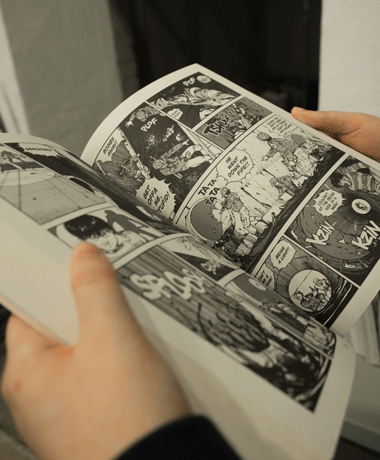A blog post from our founder on lessons in storytelling for all involved in PR.
I’ve worked in public relations for almost 20 years and each week at our sister company MediaHQ.com we see our clients issue over 1,000 press releases. There are two things that I know without any doubt. They are that communications has changed utterly, and that great stories are the answers and the currency for success.
In an industry often obsessed with the press release – here are my 5 lessons to introduce you to storytelling:
1. The story is your currency – not the tool you will use.
PR people often get fixated on how they should use the tools at their disposal. It’s natural to rush past the difficult fuzzy thing to the sharp edges of something specific. They ask will it be Facebook? Or maybe a Tweet or a snap? This is all immaterial if you’re story isn’t good enough. The first question you need to ask yourself is: “Is this a strong story?” You should have someone with good judgement who will tell you straight.
2. How is your story changing the world?
Great stories change the world. They create new opportunities, new technologies, new jobs. They save lives and create things that weren’t there before. Remember the change doesn’t have to be big, it just has to be a change, an improvement, something that will make the world better. So always ask yourself: “How is my story making the world better?”
3. Who is the hero of your story?
Every story needs a hero. It can be your product, your company or your CEO. If you know who the hero is then writing the story will be easier. For many years Steve Jobs was the hero in the Apple story, not it’s the product. Richard Branson is the hero in Virgin’s story.
4. A well-structured story will carry mediocre content
All great stories have a structure. It’s in 3 acts, beginning, middle and end. Girl meet boy, girl loses boy, girl reunites with boy. We watch all sorts of poor television and movies. Why? Because they are structured in a way that keeps us wanting a little more. Structure your story in three acts, learn the structure and you will improve your story.
5. It doesn’t always have to be a press release
There are many different ways to tell a story. It can be a blog post, a booklet, or a newsletter. It can be a podcast, short video social media post, or animation. It can be a book or a photograph. The bottom line is that it doesn’t always, or even often have to be a press release. Open your imagination and commission a story in a different format. Experiment and connect with your audience in a different way.
